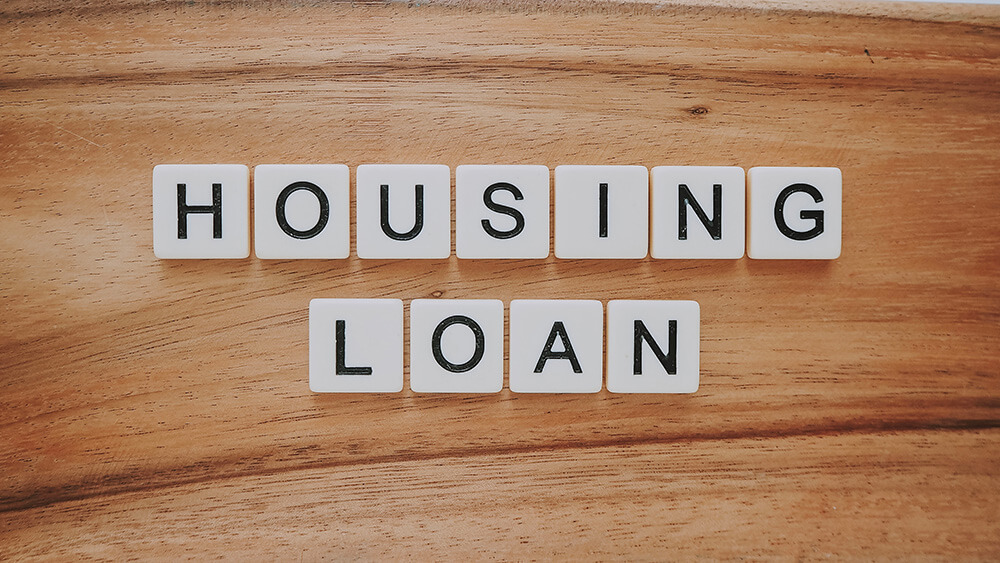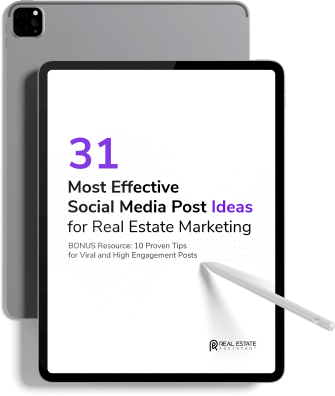A home loan will be your financial responsibility for years to come, so it can be one of the most important decisions you make. Even tiny changes in an interest rate – changes as small as half a percent – can cost or save you thousands of dollars over the term of your loan. To enjoy an affordable home with or without hiring a Real Estate Assistant, follow these seven simple steps:
1) You’d Better Shop Around!
Any market has thousands of mortgage brokers, and each broker has access to hundreds of home loan programs. Whatever your circumstances, there is a home loan out there to suit you. The more mortgage brokers and financing professionals you speak to, the more likely it is that you will encounter someone who really knows the home loan program right for you.
2) Pick out the TERMS of your loan — BEFORE comparing rates.
Home loan terms range from 30, 40 to 50 years and some are interested only, meaning that you will only make interest payments each month and will never pay off your mortgage. Another factor to consider when debating terms is the rate. Some loans have guaranteed fixed rates for the entire term of your mortgage. Other loans are Adjustable Rate Mortgages (ARMs), meaning that your interest rate will adjust after a guaranteed rate period is over. When considering terms, also think about what pre-payment penalty you are willing to accept. This penalty applies if you decide to refinance your home loan or sell the house within a certain period of time — usually one to two years or longer.
3) Shop the rate and closing costs — carefully
Have a mortgage broker pull a tri-merge credit report and then get a copy of the report. Take the report and a copy of your tax returns with you when visiting financing professionals. Be prepared to answer all questions honestly and be prepared to tell the mortgage broker the price range and the home loan terms you will need. Ask for two Good Faith Estimates (GFE) – one with minimal closing costs and one with standard closing costs.
4) Compare Total Monthly Payments.
Your GFEs will estimate TOTAL monthly payments on a home loan. These estimates only guess what your taxes, hazard insurance, homeowner’s association dues, and other costs will be. Since mortgage brokers have no control over these costs, some will underestimate them to make their GFEs attractive. For this reason, always compare only the line item costs associated with each loan. Line items’ costs include principal, interest, and mortgage insurance.
5) Compare Closing Costs.
Closing costs can contribute significantly to the cost of buying a home. Some mortgage brokers will underestimate these costs to make an estimate seem competitive. Worse, closing costs and associated fees have confusing labels, making them harder to compare. In general, compare the “Items Payable in Connection With Loan” or the “Items Payable in Connection With Loan” on your GFE – these are the costs that your broker may have control over.
6) Compare Closing Costs AND Rate.
Does it make sense to choose the home loan with lower interest but higher closing fees? Or would a home loan with much smaller closing costs but higher rates cost you less? To decide, tally up how long it would take to “make up” the difference. For example, if one home loan saves you $100 a month through lower payments but costs $1000 more in closing costs, it would take 10 months to “make up” for the closing costs.
7) Lock Your Rate!
Just because you are quoted a great rate, that does not mean that interest will stay in place until you are ready to buy, so lock in your rate 30-45 days before closing.
Deciding to buy a home is exciting, but choosing a mortgage can be nerve-wracking. To make a smart choice that really will support you financially, be sure to compare smart by following these tips. Then, you can enjoy your new home – with the right financing.



